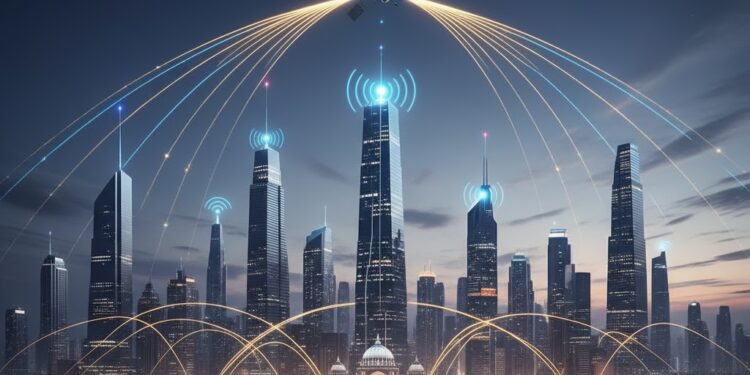NEW DELHI: India’s telecom sector has transformed from a follower into a global leader in both services and technology, Union Minister for Communications Jyotiraditya M. Scindia said Friday, attributing the leap to Prime Minister Narendra Modi’s vision of a “Digital Bharat.”
Speaking at a press conference on the ministry’s achievements, Scindia described 2024–2025 as the telecom industry’s “Year of Reform, Connectivity and Global Recognition.”
One of the year’s standout achievements was the financial revival of Bharat Sanchar Nigam Ltd. (BSNL). The state-owned telecom operator reported an operational profit for the first time in 18 years, with a positive EBITDA of ₹5,395 crore and a sharp reduction in losses from ₹5,400 crore to ₹2,400 crore.
Indigenous Tech and Expanding Reach
Scindia hailed the rollout of India’s fully indigenous 4G stack as a “massive technological breakthrough,” saying it positioned the nation among the few with its own end-to-end telecom technology.
Under the 100% Telecom Saturation Mission, the ministry reported sweeping gains in connectivity:
- 4G Saturation Project: Nearly 13,000 of 17,000 planned towers installed.
- LWE (Left Wing Extremism) Regions: Connectivity improved from 0% to 57% in Phase I and from 74% to 87% in Phase II.
- Island Territories: Implementation jumped from 38% to 84%.
“If we were classified solely as a digital nation, India would be the third largest in the world,” Scindia said.
Strengthening Security and Governance
The Department of Telecommunications (DoT) also reported advances in security and governance reforms.
The ASTR tool, an AI-based system, disconnected more than 8.2 million fraudulent mobile connections, while the Financial Fraud Risk Indicator helped prevent scams worth nearly ₹200 crore.
Administrative reforms also gathered pace. The single-window Right-of-Way (RoW) clearance portal slashed approval times from 448 days in 2019 to just 33 days in 2025, Scindia said.
The Telecom Regulatory Authority of India (TRAI), meanwhile, switched to monthly service-quality reports and set stricter standards, including a call drop rate below 2% by April 2026.
Looking Ahead
Scindia said the ministry remains focused on “universal connectivity, indigenous innovation, citizen protection, and global leadership” as India cements its position on the world telecom stage.

















